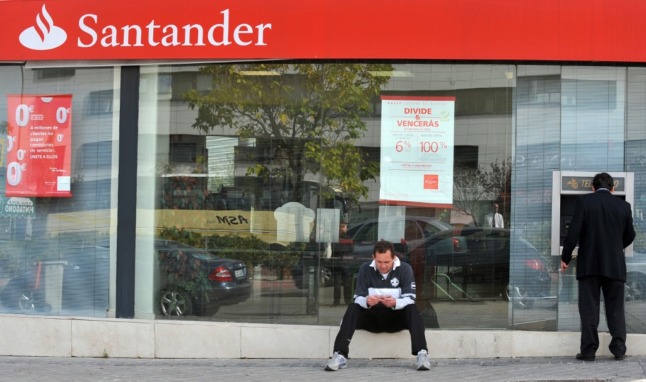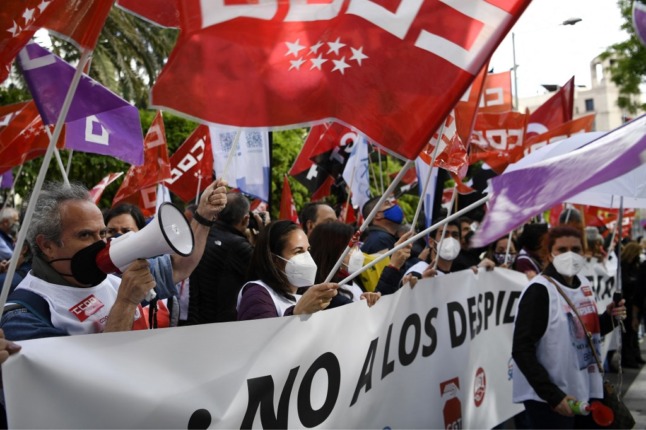“The Government’s objective is that once the period of the state of alarm has expired, on May 9th, it will not be necessary to extend it further,” Sánchez told a press conference in La Moncloa, adding that “currently we are approaching the end of this nightmare”.
“There’s not much time left now, much less so than we thought during the hardest moments, but we must still protect ourselves, we cannot lower our guard,” urged the Spanish Prime Minister.
“We want May 9th to be the end of the state of alarm,” Sánchez (pictured below) reiterated during a press conference in which he also spoke of the government’s objective of vaccinating 25 million people by July and 70 percent of the population (33 million) by the end of August.
Spain’s first state of alarm was implemented on March 14th 2020 as the country and the world went into a strict lockdown and ended on June 21st ahead of the summer season.

A second state of alarm was reinstated on October 25th due to rising infections in Spain after the summer period, a six-month estado de alarma which was scheduled to end on May 9th as has now been confirmed to still be the plan, if the epidemiological situation allows for it.
What will change when there’s no state of alarm?
Under the state of alarm, Spain’s central government, and in particular the Interior Ministry, held all powers, including over the country’s security forces as well as local and regional police forces.
These legislative powers allowed Pedro Sánchez’s government to recently change the face mask laws for all of the country, although as has been seen since, regional authorities still have the capacity to influence decisions.
The governments of Spain’s 17 autonomies have also been allowed to decide on restrictions and regulations within their own borders without having to get permission from a regional court to pass or modify measures, as seen with the more lenient policies of Madrid to the stricter rules of Valencia.
In theory, under the state of alarm Spain’s national government has the powers to pass decrees that all local authorities have to abide by – from curfew to opening hours for the retail and hospitality sector or inter-regional travel – but many of these decision-making powers have been given to the regions anyway.
For example, the last time when Spain’s state of alarm was lifted during summer 2020, the Basque government tried to limit gatherings to six people but the regional court rejected the measure. In neighbouring Navarre, a judge allowed for the restriction to come into force.
The potential end of the state of alarm on May 9th won’t necessarily mark the end of all restrictions in Spain, but some are likely to end.
Autonomies will find it a lot harder to keep restrictions in place as they’ll need to get judicial permission to implement any extension of the restrictions, or new ones.
Without the state of alarm to grant them privilege, a judge could deem that a curfew, a limit to the number of people that can meet or a ban on leaving the region encroaches on people’s fundamental rights.
So to recap, technically the conditions of the national government’s state of alarm would cease to be applicable on May 9th and regional authorities will have weakened powers and would have to request permission from a judge to continue applying drastic restrictions.
Could May 10th mark the start of a return to normality in Spain? As always, it may be dependent on where you live in the country, and whether Pedro Sánchez’s government decides to finally end the state of alarm on May 9th.
READ ALSO: What are the restrictions in each region of Spain?





 Please whitelist us to continue reading.
Please whitelist us to continue reading.
Member comments